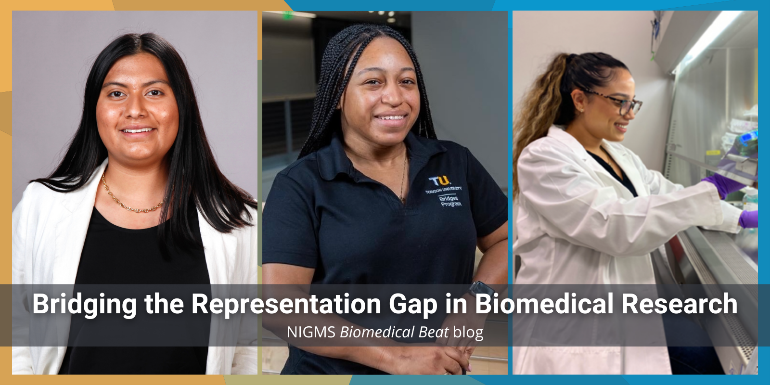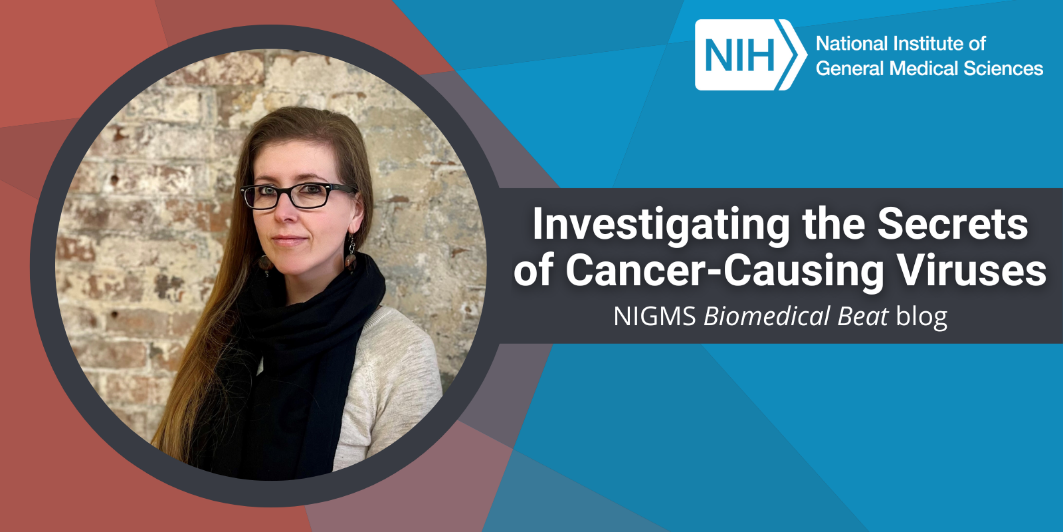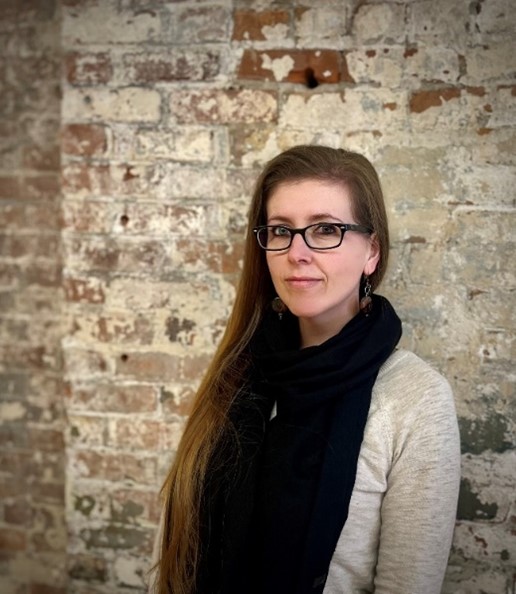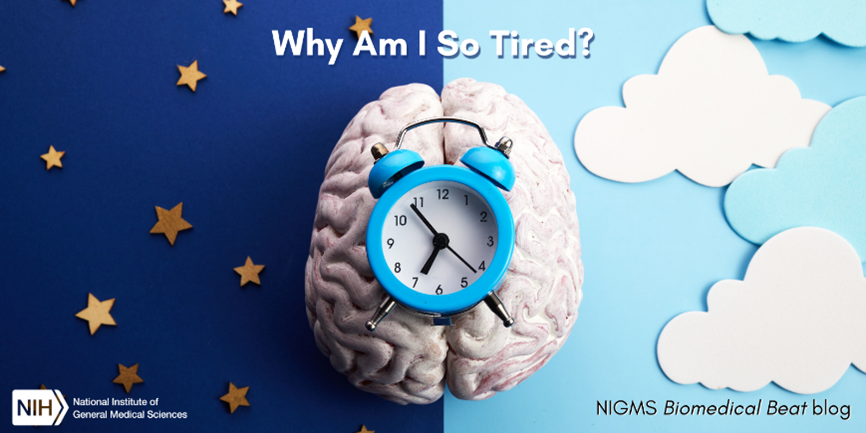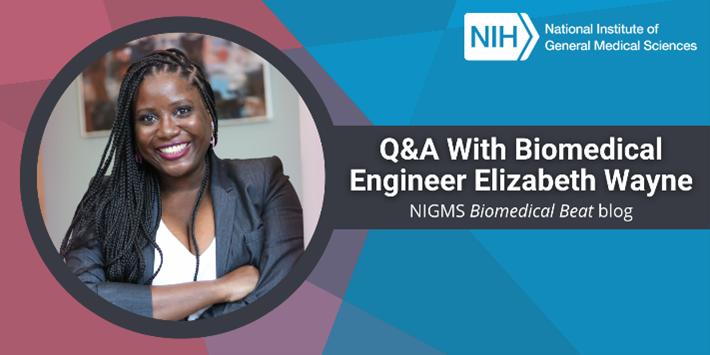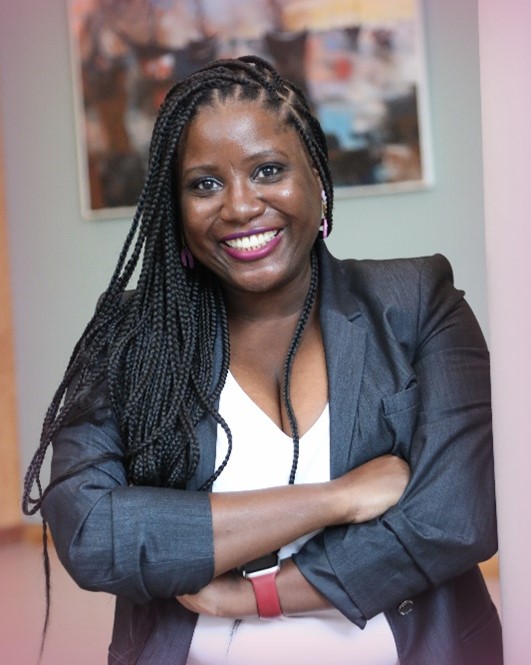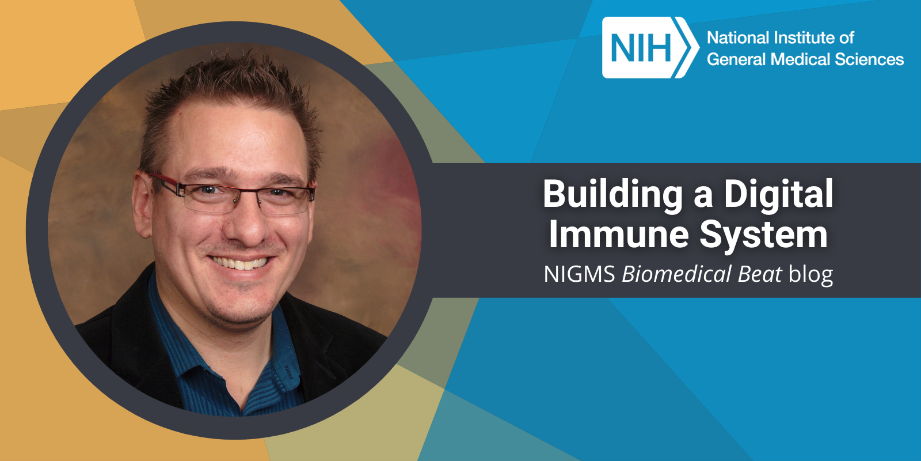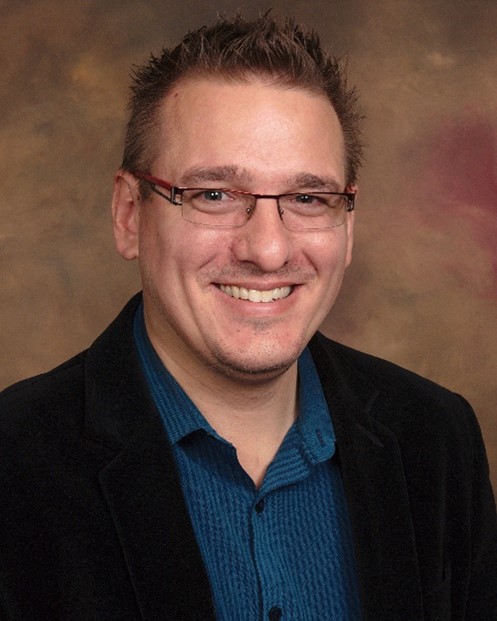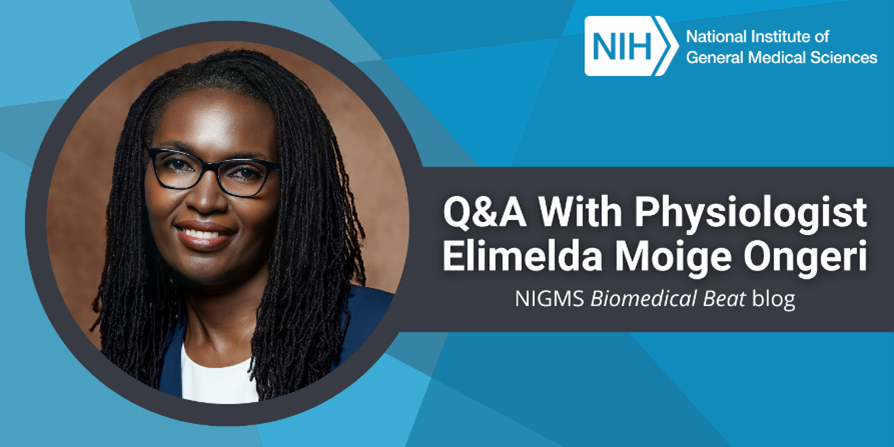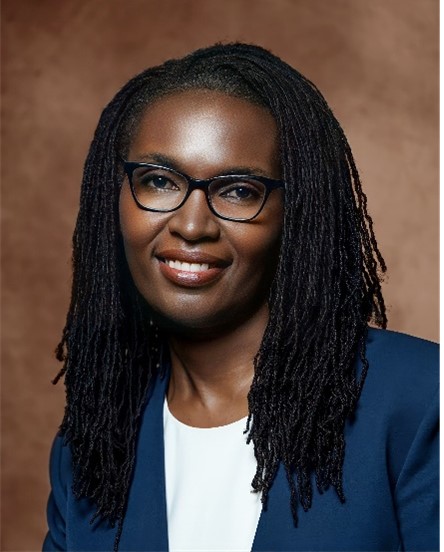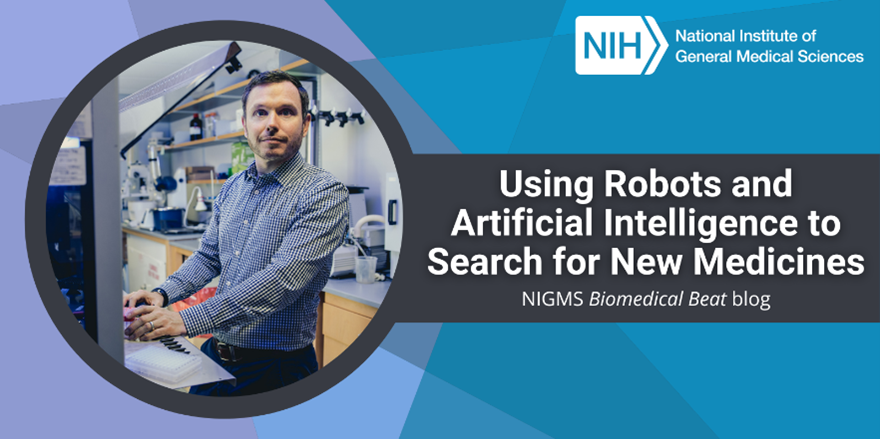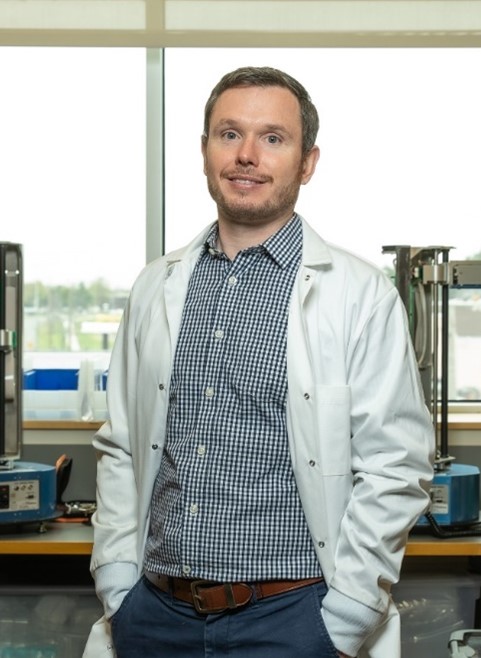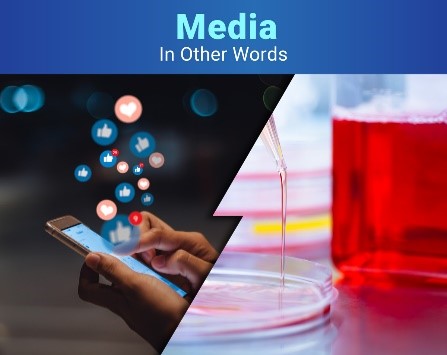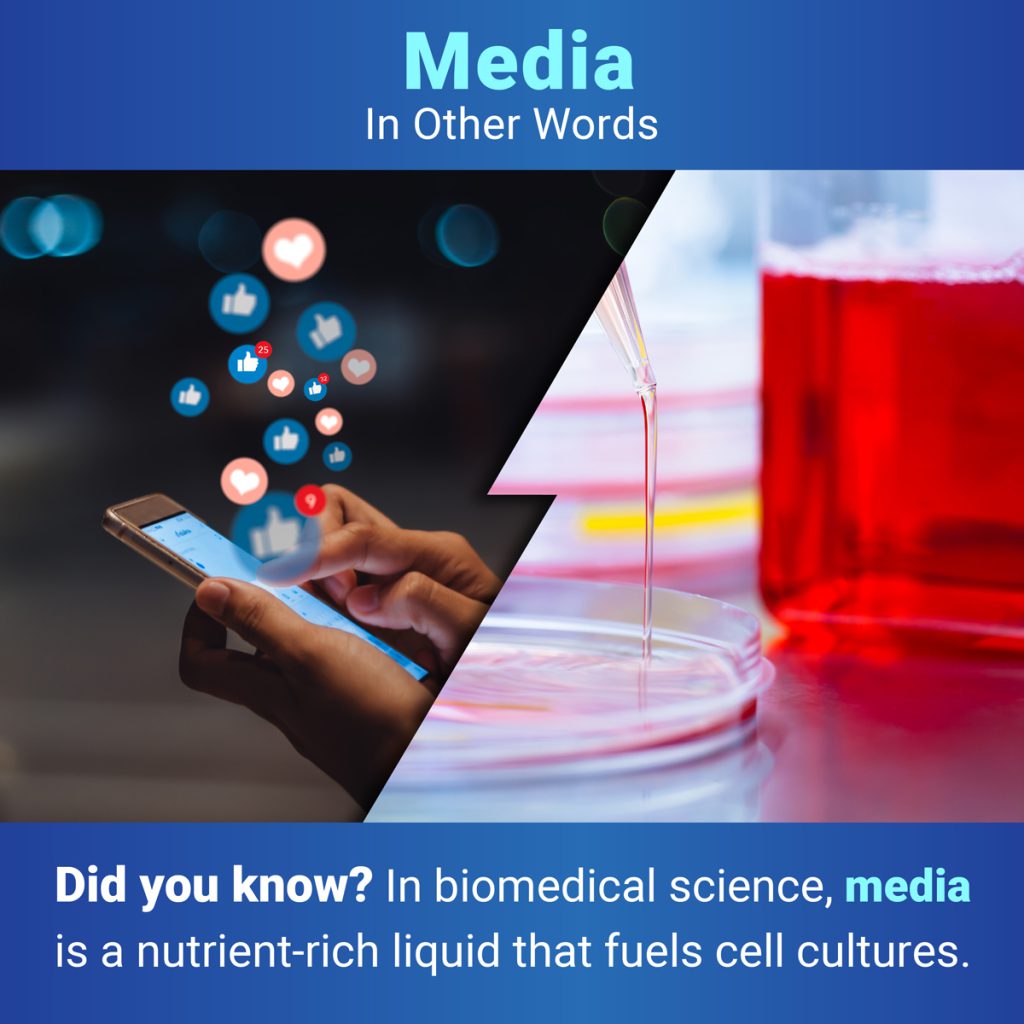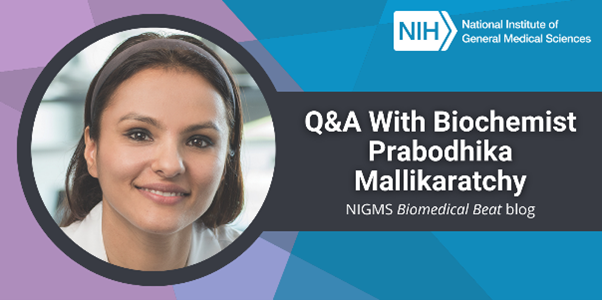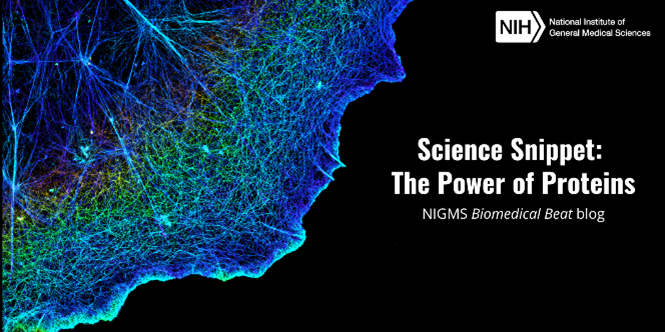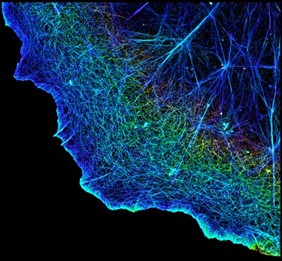“We hope that students come out of our program feeling like they’re part of a community. Many of us feel inadequate or struggle in some way during graduate school—it can be a challenging time. I want to build a community that our students can always come back to for support,” says Elana Ehrlich, Ph.D., the co-director of the Bridges to the Doctorate Research Training Program (B2D) at Towson University (TU), in Towson, Maryland, alongside Michelle Snyder, Ph.D..
The TU B2D is one of several NIGMS-supported B2Ds, which are dedicated to developing a diverse pool of well-trained biomedical scientists who will transition from master’s degree programs to research-based doctoral degree programs. B2Ds partner with Ph.D.-granting institutions to help aid students in the master’s-to-Ph.D. transition. Students in all B2Ds earn a thesis-based master’s degree and receive training to design, conduct, and analyze experiments effectively. At the same time, these students learn how to build successful applications for doctoral programs, whether they apply to the B2D’s partner school or another Ph.D. program.
Continue reading “Bridging the Representation Gap in Biomedical Research”

